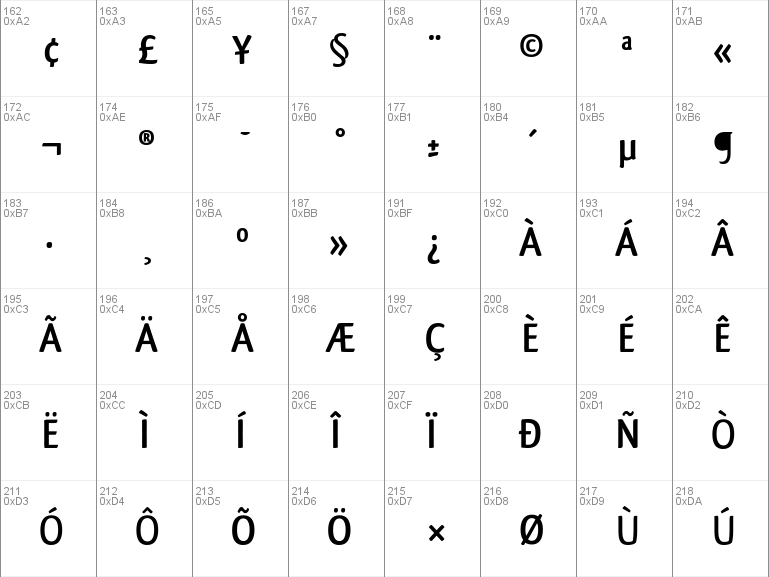

Not even close! The e is close, but the second is wider. They look nothing alike!Īnd then look at the a and the r and the t in your next example. Trevor, compare the G and the R in your Helvetica and Arial examples. Wikipedia's Helvetica page on the font is remarkably light on graphic content. The last time we were asked about Helvetica, I did some investigating, and came away no better off than before I started. It still annoyed me deeply that I had to go to that much trouble! In my case I had CS6 installed on my laptop, so was able to copy and transfer the font files to my desktop. If you have a pre CC version of CS6 installed, then you will have the old fonts. I went as far as emailing the TypeKit team about it a while back, and was fobbed off with a meaningless reply. Getting back to your question, Photoshop used to have a range of Swiss type faces that could have been used for the sort of banner headline applications Helvetica is associated with, but that has also gone.

Bickham Script Pro, for instance, is a font used by one of my wine producing clients, so I was not impressed when that disappeared after CS6. I was excited when TypeKit was introduced, but later became disillusioned when I realised how many useful fonts were no longer available with CC. It has pretty much become a font class nowadays, but there are sans serif fonts in Photoshop that will do the trick. It is the quintessential sans serif font, timeless and neutral, and can be used for all types of communication.Further to what you have already been told, you might like to check the Wikipedia entry for Helvetica The Neue Helvetica sets new standards in terms of its form and number of variants. The second figure gives information on the width and orientation of the font: Helvetica 53 extended to Helvetica 57 condensed. The first figure of the number describes the stroke thickness: 25 ultra light to 95 extra black. The designation “55 roman” forms the central point. The basic font weight, “Helvetica roman”, is at the heart of this numbering system. The original numbering system for the weight designations came from the numbering of the Univers font. Today, this family consists of 51 different font weights. Stempel AG redesigned and digitized the “Neue Helvetica” typeface for Linotype and made it a self-contained font family. Over the years, Helvetica was expanded to include many different weights, but these were not coordinated with each other. The original letterforms of Helvetica had to be modified for the Linotype system. It forms an integral part of many printers and operating systems. This typeface, designed by Max Miedinger and other project members at the Haas’sche Schriftgiesserei, has become one of the most famous and popular typefaces in the world, thanks to the marketing strategy of Stempel and Linotype.


 0 kommentar(er)
0 kommentar(er)
